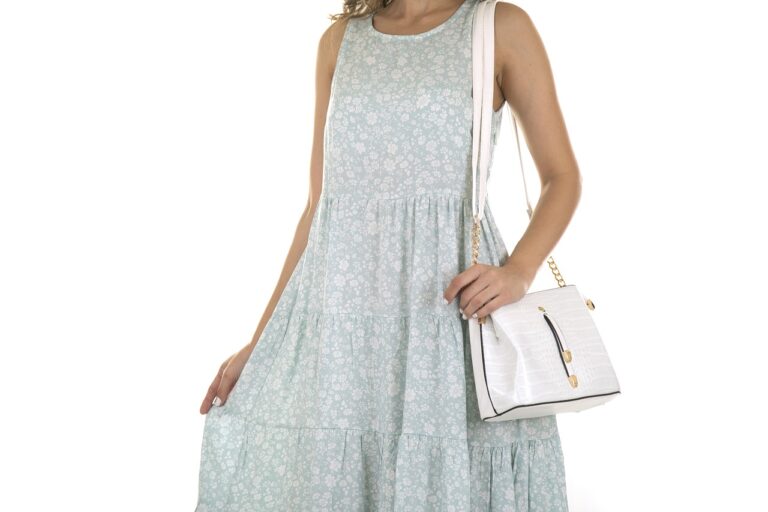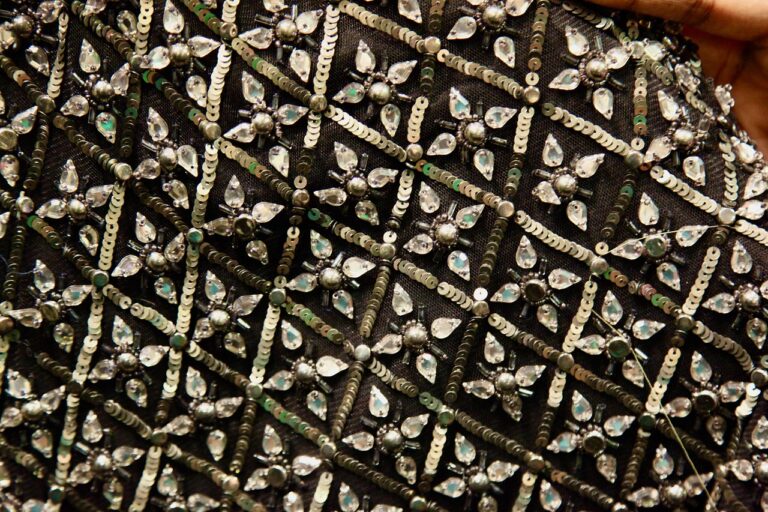Fashion and Sustainability: Innovations in Ethical Manufacturing and Eco-Friendly Materials
In recent years, the fashion industry has come under increasing scrutiny for its environmental impact and unethical manufacturing practices. As consumers become more conscious of the social and environmental implications of their purchases, a shift towards sustainable fashion has gained momentum. From utilizing eco-friendly materials to implementing ethical manufacturing processes, fashion brands are innovating to reduce their carbon footprint and promote a more sustainable industry.
The Rise of Sustainable Fashion
As awareness of climate change and environmental degradation grows, many consumers are seeking out fashion brands that prioritize sustainability. This shift in consumer preferences has led to the rise of sustainable fashion, a movement that focuses on creating clothing and accessories in an environmentally and socially responsible manner.
One of the key pillars of sustainable fashion is ethical manufacturing practices. This includes ensuring fair wages and safe working conditions for garment workers, as well as reducing the use of harmful chemicals and minimizing waste in the production process. By prioritizing transparency and accountability in their supply chains, fashion brands can build trust with consumers and contribute to a more ethical industry.
Eco-Friendly Materials
Another important aspect of sustainable fashion is the use of eco-friendly materials. Traditional fabrics like cotton and polyester have a significant environmental impact due to water consumption, pesticide use, and carbon emissions. In response, many fashion brands are turning to alternative materials that are more sustainable and eco-friendly.
Bamboo, for example, is a popular choice for sustainable fashion due to its fast growth rate and minimal environmental impact. Recycled polyester, made from post-consumer plastic bottles, is another eco-friendly option that reduces waste and energy consumption. Other sustainable materials include hemp, organic cotton, and Tencel, a fabric made from wood pulp.
Technological Innovations
Advancements in technology are also driving innovation in sustainable fashion. From 3D printing to blockchain technology, these tools are helping fashion brands reduce waste, improve efficiency, and increase transparency in their supply chains.
3D printing, for example, can be used to create customized clothing and accessories on-demand, reducing the need for mass production and minimizing waste. Blockchain technology, on the other hand, can track the entire lifecycle of a garment, from raw material sourcing to production to sale, ensuring transparency and accountability at every step.
Collaboration and Partnerships
Collaboration and partnerships between fashion brands, suppliers, and industry stakeholders are essential for advancing sustainability in the fashion industry. By working together, companies can share knowledge, resources, and best practices to drive positive change and overcome challenges in the transition to a more sustainable future.
One example of successful collaboration is the Textile Exchange, a global non-profit organization that works with brands, retailers, and suppliers to promote sustainability in the textile industry. Through initiatives like the Responsible Wool Standard and the Organic Content Standard, the Textile Exchange is helping to create a more transparent and environmentally friendly supply chain for textiles.
Consumer Education and Awareness
Consumer education and awareness play a crucial role in driving demand for sustainable fashion. By educating consumers about the social and environmental impact of their clothing choices, fashion brands can empower them to make more sustainable purchasing decisions and support brands that align with their values.
One way to educate consumers is through transparency and traceability initiatives that provide information about a garment’s supply chain and manufacturing process. This allows consumers to make informed choices based on factors like fair labor practices, environmental impact, and animal welfare.
Challenges and Opportunities
While the shift towards sustainable fashion presents many opportunities for innovation and growth, there are also challenges that must be addressed. These include the high cost of sustainable materials, the complexity of global supply chains, and the lack of industry-wide standards for sustainability.
However, by working together and leveraging technology, collaboration, and consumer education, the fashion industry can overcome these challenges and create a more sustainable future for fashion. From eco-friendly materials to ethical manufacturing practices, there are many ways for fashion brands to make a positive impact on the environment and society.
FAQs
What are eco-friendly materials?
Eco-friendly materials are materials that have a reduced impact on the environment compared to traditional materials. Examples include bamboo, recycled polyester, organic cotton, hemp, and Tencel.
What are some ethical manufacturing practices in the fashion industry?
Some ethical manufacturing practices include ensuring fair wages and safe working conditions for garment workers, reducing the use of harmful chemicals, and minimizing waste in the production process.
How can consumers support sustainable fashion?
Consumers can support sustainable fashion by choosing brands that prioritize sustainability, educating themselves about the social and environmental impact of their clothing choices, and advocating for transparency and accountability in the fashion industry.
What role does technology play in advancing sustainable fashion?
Technology plays a crucial role in advancing sustainable fashion by enabling innovations like 3D printing, blockchain technology, and supply chain tracking systems that improve efficiency, reduce waste, and increase transparency in the industry.
By embracing sustainable practices and collaborating with industry stakeholders, fashion brands can lead the way towards a more ethical and environmentally friendly future.







